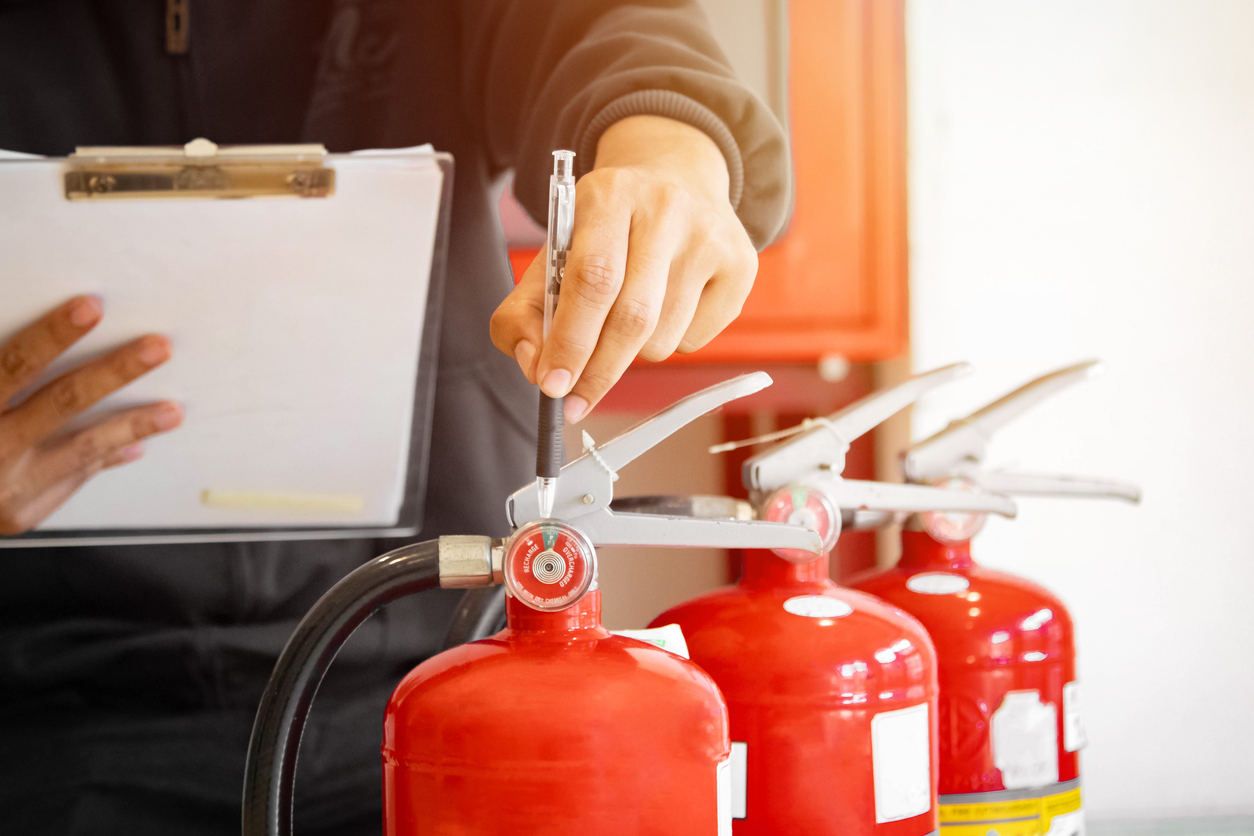Securing a Building Warrant of Fitness (BWOF) is a paramount responsibility for property managers across New Zealand. This certification signifies that a building meets all required safety standards, and obtaining and maintaining it involves several crucial steps. While fire extinguisher checks are not directly part of the BWOF requirements, they remain an essential aspect of maintaining a safe environment. The provision of fire detection and suppression systems in commercial premises is critical, and first aid firefighting equipment, such as fire extinguishers and hose reels, is strongly recommended by Fire and Emergency New Zealand.
Understanding the BWOF and Its Significance
A Building Warrant of Fitness (BWOF) is more than just a piece of paper—it’s a testament to the safety and compliance of a building. As mandated by the Building Act 2004, property owners, including building owners, and managers are required to renew their BWOF annually, ensuring that the building’s specified systems, including fire safety features, are in optimal working condition. Failure to secure and maintain a BWOF can result in hefty fines and increased liability, underscoring the importance of adhering to fire safety regulations.
Fire Extinguisher Inspections
Although fire extinguisher inspections are not a mandatory part of the BWOF process, they play a crucial role in ensuring fire safety within a building. Fire extinguishers are considered first aid firefighting equipment, and Fire and Emergency New Zealand strongly recommends their provision in commercial premises. In fact, under section 15 of the Regulations, building owners or occupiers may be required, in writing, to install fire extinguishers.
Why Are Fire Extinguisher Inspections Essential?
Fire extinguishers are vital tools for containing small fires before they escalate into major incidents. Regular inspections ensure that extinguishers are properly placed, fully functional, and compliant with safety regulations. By conducting thorough inspections, property managers can mitigate fire risks and protect both occupants and property from potential harm.
For properties that have fire extinguishers installed, it is crucial to service them in accordance with the NZS 4503:2005 Standard. This standard outlines the requirements for the selection, installation, and maintenance of hand-operated fire-fighting equipment. Adhering to this standard ensures that fire extinguishers are effective and reliable in an emergency.
Key Aspects of NZS 4503:2005 Standard
- Selection: Ensuring the appropriate type of fire extinguisher is installed based on the potential fire risks within the building.
- Installation: Proper placement of fire extinguishers for easy accessibility and visibility.
- Maintenance: Regular servicing and inspections to ensure that fire extinguishers are in good working condition and ready for use.
Partnering with Professional Inspection Services
While property managers can perform basic visual inspections, partnering with professional fire safety services can ensure more thorough and compliant inspections. Professional inspectors have the expertise and equipment necessary to conduct comprehensive checks and provide detailed reports, helping property managers maintain their fire safety equipment in accordance with NZS 4503:2005 Standard.
Benefits of Professional Inspections
Expertise and Knowledge
Professionals are well-versed in the latest fire safety standards and regulations, ensuring that inspections are up to date and compliant.
Detailed Reporting
Professional services provide comprehensive reports that serve as evidence of compliance during BWOF audits.
Regular Maintenance
Scheduled maintenance visits from professionals can help property managers stay on top of their fire safety obligations, reducing the risk of missed inspections.
Coordinating Inspections
A properly kept maintenance schedule for a property is essential for streamlining the BWOF process. Here are some tips to help property managers coordinate inspections effectively:
- Create a Maintenance Calendar
Develop a detailed maintenance calendar that includes all required inspections and maintenance tasks. Schedule fire extinguisher inspections at regular intervals, typically once every six months, to ensure ongoing fire safety practices and compliance.
- Set Reminders
Utilise digital tools and reminders to keep track of upcoming inspections. Property management software solutions often offer features for scheduling and tracking maintenance tasks, making it easier to stay organised.
- Maintain Accurate Records
Keep detailed records of all inspections and maintenance activities, including dates, findings, and any actions taken. This documentation is essential for BWOF audits and can help property managers demonstrate compliance with fire safety regulations.

Prioritize Professional Fire Extinguisher Inspection with Jim’s Fire Safety New Zealand
Do you need trained fire safety testing professionals to inspect your building’s fire safety equipment? Our team offers a comprehensive suite of fire safety inspection services to all types of businesses all around New Zealand.
All of Jim’s Fire Safety technicians are trained in both fire and electrical safety. We have everything you need for fire safety in one team, giving you peace of mind so that you do not have to unnecessarily face the risks of DIY fire safety inspection or testing. When you choose Jim’s Fire Safety New Zealand, you’re assured of meeting national requirements. You can make one booking with us and have your whole building secured. You no longer have to consult with a range of safety testing companies for your compliance needs. Just call Jim’s Fire Safety and be done.
Get a free quote on our fire extinguisher inspection and other fire safety services, or give us a call at 0800 454 654 to learn more.







